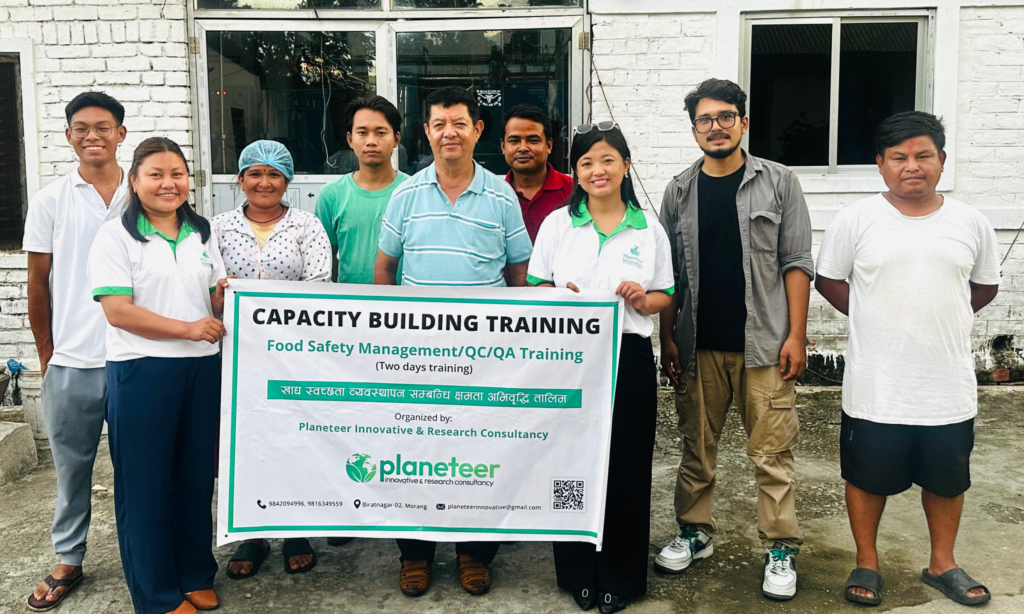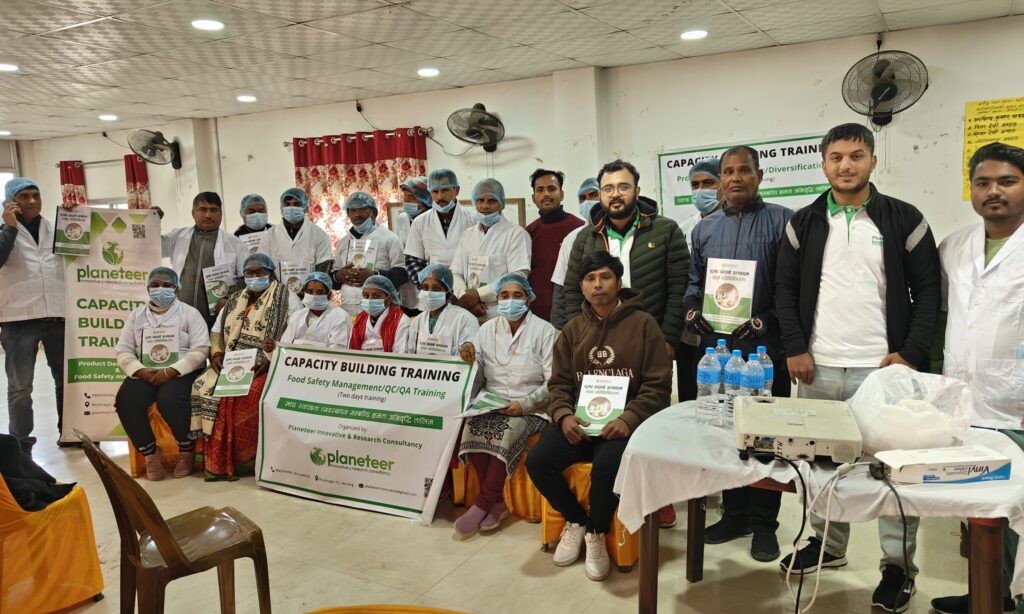“The world is hungry for new flavours, It’s time Nepal serves its plate”
Nepal is a country full of diversity in geography, culture and cuisine. From the snowy peaks of the Himalayas to the fertile plains of the Terai, every region has its own unique tastes and food traditions. These Nepali flavours have the power to win hearts all around the world, yet many authentic Nepali foods are still unknown outside our country. Today, with the growth of agribusiness, food product development and rising global demand for ethnic and healthy foods, Nepal has a golden chance to share its flavours internationally.
In this blog, we’ll look at why Nepali food products have so much global potential, what kind of innovations are needed and how local entrepreneurs can transform traditional recipes into successful international brands.
The Untapped Potential of Nepali Flavours
Nepali cuisine is rich, wholesome and rooted in centuries of tradition. Some of the world class Nepali flavours include:
- Gundruk & Sinki – Fermented leafy greens that are rich in probiotics and unique in taste.
- Timur (Sichuan pepper) – A spice that gives the famous numbing, citrusy sensation, already popular in global gastronomy.
- Himalayan herbs – Including jatamansi, tulsi and other medicinal plants.
- Dairy and millet products – Nutritious and ideal for health-conscious consumers.
- Sel roti, yomari, chiura – Traditional foods that can be developed into packaged snacks.
And also, there are many more Nepali flavours waiting to be discovered. Globally, people are looking for organic, plant based and authentic ethnic foods. This is exactly where Nepali flavours food products can shine.

Why Innovation Matters in Food Products
Innovation in food doesn’t always mean inventing something new, it means adding value to existing products so they are attractive, safe and accessible for global markets.
Key areas of innovation for Nepali foods:
- Product Development & Processing
- Converting traditional items like sel roti into packaged, ready to eat snacks.
- Making dried gundruk available in clean, branded packets.
- Developing millet-based cookies, protein bars and healthy flour mixes.
- Packaging & Branding
- Attractive, eco-friendly packaging that appeals to modern consumers.
- Branding that tells the cultural story of Nepal.
- Highlighting health benefits on labels (organic, probiotic, gluten-free).
- Quality & Standards
- Market Adaptation
- Creating different versions of products for international taste preferences.
- Example: Spicy timur pickles for Asian markets, timur-infused sauces for Western markets.
Global Trends Favoring Nepali Foods
Several global food trends align perfectly with Nepali flavors products:
- Health and Wellness Foods – Gundruk, millet and Himalayan herbs fit into the global superfood trend.
- Ethnic & Authentic Foods – Consumers are looking for unique, untold food stories beyond mainstream cuisines.
- Plant-Based Diets – Many Nepali dishes are naturally vegetarian or vegan.
- Sustainable and Organic – Nepal’s smallholder farms already practice low-chemical, eco-friendly farming.
This means the world is ready for Nepali flavours, it’s just about proper innovation and promotion.

Success Stories & Inspiration
Countries like Thailand, Korea and Japan have successfully taken their foods worldwide:
- Thai curries and spices are now found in every supermarket.
- Korean kimchi has become a global probiotic superfood.
- Japanese sushi transformed into a worldwide culinary trend.
If these cuisines could go global, why not Nepal?
A packaged Nepali gundruk soup, sel roti chips or timur-infused sauce could be the next international hit.

Steps for Nepali Entrepreneurs & Agribusinesses
For Nepal to succeed in global food markets, entrepreneurs need to take strategic steps:
- Identify High-Potential Products – Focus on foods with long shelf life and global demand (snacks, spices, herbal teas, fermented foods).
- Invest in Research & Development – Partner with food scientists and institutions for innovation.
- Adopt Modern Technology – Use drying, fermentation and packaging technologies to ensure safety and shelf life.
- Collaborate with Farmers – Ensure sustainable supply chains and fair pricing.
- Market Globally – Use e-commerce platforms, social media and international trade fairs.
Nepal’s Unique Selling Point (USP)
The most powerful advantage Nepal has is its authenticity and purity. While many global products are mass-produced, Nepali flavors foods can be positioned as:
- Organic and natural from the Himalayas.
- Culturally rich and traditional with unique stories.
- Healthy and nutritious with scientifically backed benefits.
This storytelling combined with innovation can make Nepali food brands stand out internationally.

The Road Ahead
Nepal’s food sector is still in its early stage of innovation, but the potential is massive. With proper agribusiness strategies, research and branding, Nepali food entrepreneurs can:
- Generate more jobs for youth.
- Provide fair value to farmers.
- Reduce dependency on imports.
- Export proudly “Made in Nepal” food products across the world.
The journey may not be easy, but it is achievable. Just like kimchi, sushi or Thai curry once seemed limited to their countries, Nepali food products can become global sensations.
Conclusion
Innovation in food products is the key to taking Nepali flavours global. From gundruk to timur, from sel roti to millet-based superfoods, Nepal has a treasure chest of unique products that can appeal to international markets. With creativity, technology and strong branding, these foods can cross borders and win hearts worldwide.





